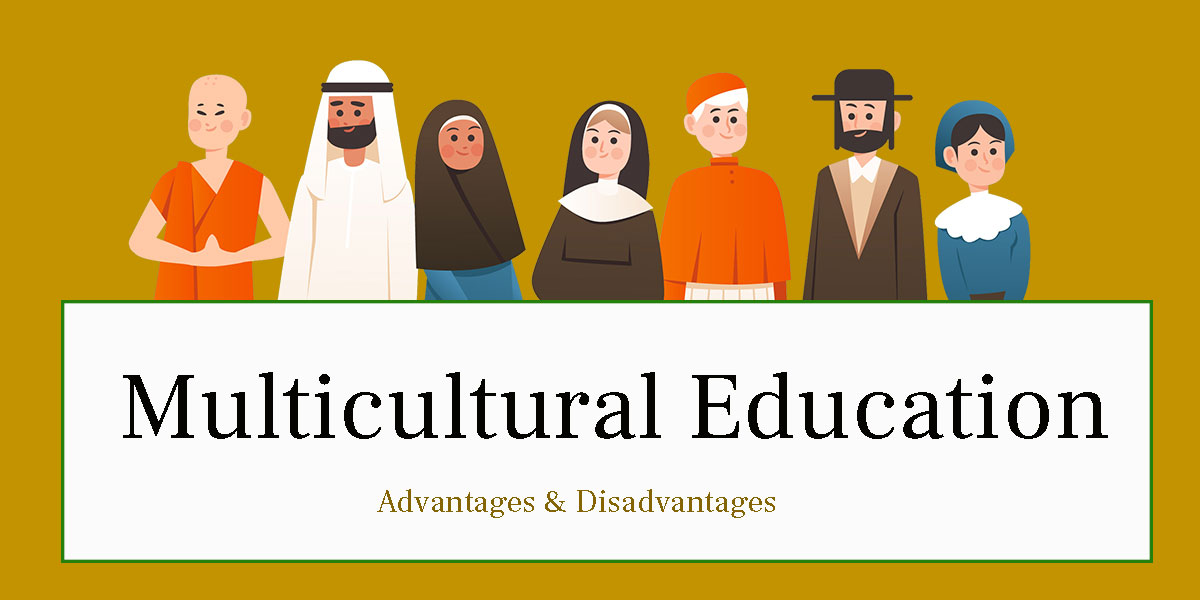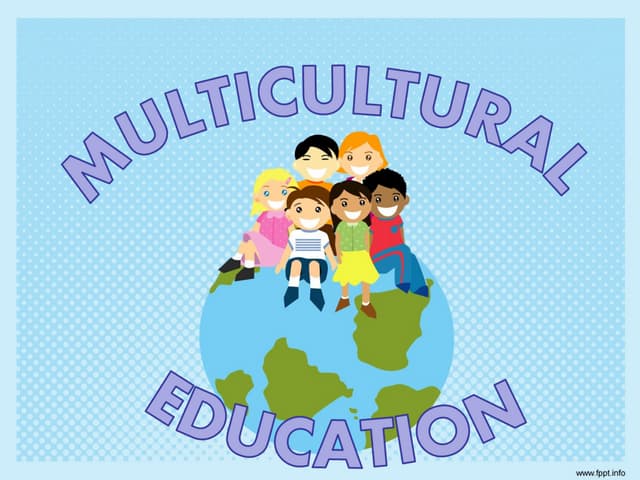In today’s increasingly globalized world, classrooms are becoming more diverse than ever before. Students come from varied cultural, linguistic, and socioeconomic backgrounds, bringing with them unique perspectives, traditions, and experiences. Multicultural education is an approach that recognizes, values, and integrates this diversity into the learning environment, ensuring that all students feel represented, respected, and included.
This guide explores the principles, benefits, and effective strategies for implementing multicultural education, helping educators create an equitable and culturally responsive learning space.
What is Multicultural Education?

A. Definition and Goals
✔ Multicultural education is an educational approach that embraces diversity, promotes cultural awareness, and ensures equal opportunities for students of all backgrounds.
✔ The goal is to create a learning environment where students:
- See their cultures represented in the curriculum.
- Develop respect and appreciation for different cultural perspectives.
- Learn to think critically about issues of race, ethnicity, and identity.
B. Core Principles of Multicultural Education
- Equity and Inclusion – Ensuring equal educational opportunities for all students.
- Cultural Representation – Reflecting diverse histories, perspectives, and contributions in curricula.
- Social Justice and Critical Thinking – Encouraging students to analyze biases, stereotypes, and inequalities.
- Respect for Differences – Fostering cultural empathy and cross-cultural communication.
Benefits of Multicultural Education
A. Academic Advantages
- Improves student engagement and motivation – When students see their own cultures reflected in lessons, they feel more connected.
- Encourages critical thinking – Multicultural perspectives help students analyze different viewpoints.
- Enhances problem-solving skills – Exposure to diverse perspectives promotes flexible thinking and adaptability.
B. Social and Emotional Benefits
- Reduces prejudice and stereotyping – Learning about different cultures breaks down misconceptions.
- Promotes empathy and respect – Encourages students to understand and appreciate differences.
- Strengthens classroom relationships – Creates an inclusive, community-driven learning environment.
C. Real-World Preparation
- Encourages global awareness – Prepares students for multicultural workplaces and communities.
- Improves communication skills – Teaches students to interact effectively with diverse groups.
- Fosters leadership and collaboration – Helps students work in culturally diverse teams.
Key Approaches to Implementing Multicultural Education
A. Culturally Responsive Teaching (CRT)
Adjusts teaching methods to reflect students’ cultural backgrounds.
Examples of CRT Strategies:
- Use multilingual resources to support non-native speakers.
- Incorporate diverse literature, music, and historical figures into the curriculum.
- Adapt teaching styles to honor different learning preferences (e.g., storytelling, group collaboration, hands-on learning).
Example: A history lesson on immigration could include first-person narratives from different immigrant groups to offer multiple perspectives.
B. Inclusive Curriculum Design
- Avoid a Eurocentric curriculum—integrate global perspectives.
- Highlight underrepresented voices in history, literature, and social studies.
- Incorporate case studies and real-world examples from diverse cultures.
Example: Instead of only teaching about European philosophers, include thinkers from Africa, Asia, and Indigenous cultures.
C. Promoting Culturally Diverse Classroom Activities
- Encourage students to share their cultural traditions (e.g., through projects, presentations, and storytelling).
- Use multicultural holidays, music, and art to enrich classroom discussions.
- Host “Cultural Exchange Days” where students showcase their heritage.
Example: Assign students to interview family members about cultural traditions, then present their findings to the class.
D. Addressing Bias and Stereotypes in Education
- Foster open discussions about discrimination, privilege, and identity.
- Challenge stereotypes in textbooks and media representations.
- Encourage students to think critically about bias in history and literature.
Example: When reading a novel, discuss how different cultures are represented and whether the portrayal is accurate or biased.
E. Encouraging Multilingual and Multicultural Communication
- Support bilingualism and language diversity in the classroom.
- Provide translation tools and multilingual reading materials.
- Encourage students to teach each other common phrases from their native languages.
Example: Have a “Word of the Week” where students introduce a new word from their home language and explain its meaning.
Overcoming Challenges in Multicultural Education
| Challenge | Solution |
|---|---|
| Lack of teacher training in cultural competency | Provide professional development workshops on multicultural teaching. |
| Resistance from parents or communities | Educate stakeholders on the importance of multicultural learning. |
| Bias in textbooks and educational materials | Supplement lessons with diverse and inclusive resources. |
| Language barriers in diverse classrooms | Use visual aids, peer support, and multilingual tools. |
| Unconscious bias in classroom dynamics | Implement self-reflection exercises for both teachers and students. |
Pro Tip: Schools can partner with local cultural organizations to bring authentic voices and experiences into the classroom.
Real-World Examples of Successful Multicultural Education Programs
- Finland’s Education Model – Integrates multicultural and social-emotional learning, leading to high student engagement.
- New Zealand’s Te Whāriki Curriculum – Incorporates Māori cultural perspectives into early childhood education.
- The U.S. “Windows and Mirrors” Approach – Encourages books and materials that serve as “windows” into other cultures and “mirrors” reflecting students’ own backgrounds.
Why Multicultural Education is Essential for the Future
- Prepares students for a diverse world – The global workforce requires cultural awareness.
- Promotes social harmony – Helps reduce prejudice, discrimination, and social divides.
- Encourages lifelong learning – Fosters open-mindedness and curiosity about different cultures.
Final Thought: A truly effective education is one that reflects the diverse world we live in, empowering students to become global citizens who respect and appreciate differences.
Conclusion: Building an Inclusive Learning Environment
Multicultural education is not just an academic approach—it’s a necessity for fostering inclusivity, equity, and respect in classrooms. By integrating culturally responsive teaching, diverse curriculum materials, and open discussions on identity and bias, educators can create a richer, more engaging learning experience for all students.
As schools and communities continue to grow more diverse, embracing multicultural education ensures that every student feels valued, heard, and prepared for success in an interconnected world.
So, whether you’re a teacher, student, or parent, ask yourself: How can we make our classrooms more inclusive and representative of the world around us? 🌍📚✨

